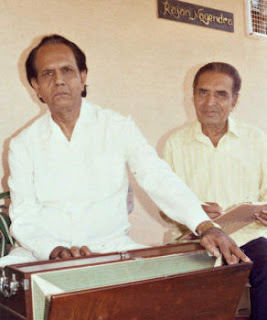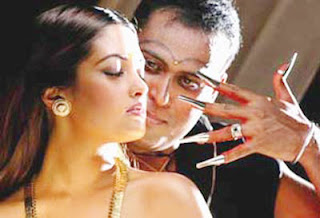Ragamalikas in film music: Part 1

Long back I had written a few posts on ragamalikas in Carnatic music and promised that I will write about ragamalikas in films soon. So here is the post, though it is not 'soon' now. (My posts on 'Ragamalikas in Carnatic music Part 1 , Part 2 & Part 3 ) There are many situations in which ragamalikas are used in films. Today I will concentrate on ragamalikas in bhakthi films. In essence I am going to speak about two things which have almost disappeared from films. Bhakthi films and ragamalikas. In an earlier era, we have seen a stream of bhakthi and mythological films hit the screens in South India, especially in Tamil Nadu and Andhra Pradesh (I think it was the case in Kerala and Karnataka too.) With the changing demographics of the viewers the bhakthi and mythological films lost their allure. In earlier days, film watching was a family exercise. The number of films watched with parents in those days was more than those watched with friends. The mythologies wer...







